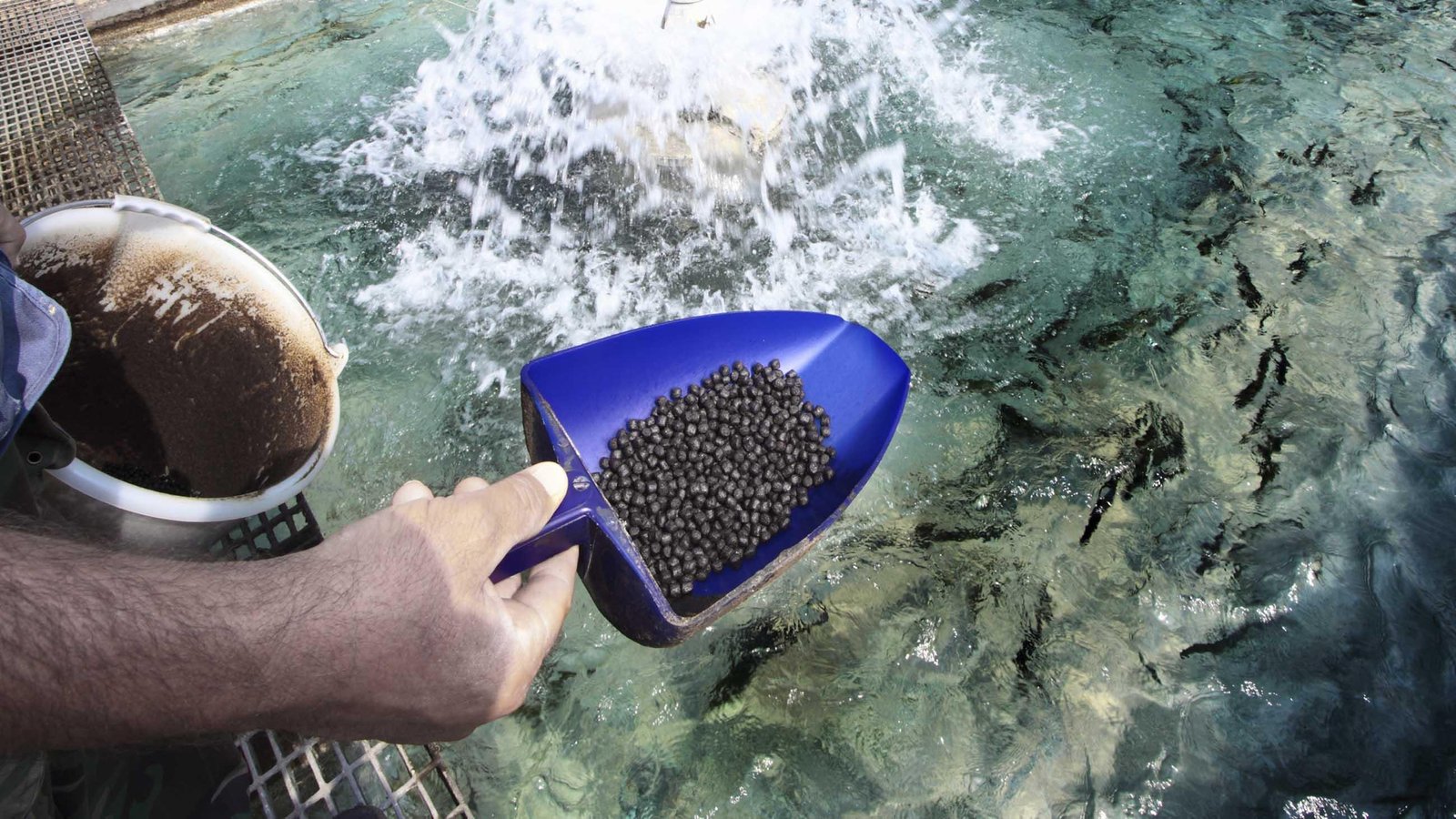Aquaculture Feed Market Developments Revolutionize Global Aquaculture with Sustainable and Digital Solutions

The global Aquaculture Feed Market is witnessing significant transformations, spurred by the rising demand for sustainable seafood, advancements in feed formulation technologies, and increasing investments in aquaculture infrastructure. As the world’s population continues to grow and the pressure on wild fish stocks intensifies, aquaculture has become an essential solution to meet global seafood demand. Consequently, feed plays a pivotal role in determining the productivity, health, and environmental footprint of aquaculture operations.
Innovations in Feed Ingredients
One of the most prominent developments in the aquaculture feed industry is the shift towards alternative and sustainable feed ingredients. Traditional feeds have heavily relied on fishmeal and fish oil, which are derived from wild-caught fish. However, sustainability concerns and volatile pricing have driven research and commercial interest toward novel ingredients.
Plant-based proteins such as soy, peas, and canola have become widely used substitutes, offering cost efficiency and reduced environmental impact. However, challenges around digestibility and anti-nutritional factors still exist. In response, fermentation technologies and enzyme treatments are being used to enhance nutrient availability from plant sources.
Moreover, microbial and insect-based proteins are gaining traction as viable alternatives. Black soldier fly larvae, in particular, have shown promise due to their high protein content and ability to thrive on organic waste. Algal oil is also emerging as a sustainable source of omega-3 fatty acids, replacing traditional fish oil without compromising the nutritional quality of feeds.
Precision Nutrition and Functional Feeds
The rise of functional feeds and precision nutrition has become another hallmark of recent developments in aquaculture feed. These feeds are specifically designed not just to promote growth but also to improve disease resistance, gut health, stress tolerance, and reproductive performance in farmed species.
Formulating feeds with probiotics, prebiotics, immunostimulants, and phytogenics (plant-derived bioactive compounds) is becoming increasingly common. These ingredients support the microbiome of aquatic animals, enhancing their overall immunity and reducing reliance on antibiotics and chemical treatments.
Precision nutrition, supported by data analytics and species-specific nutritional modeling, is helping feed manufacturers tailor diets more effectively for different aquaculture species and production environments. This approach minimizes feed waste, lowers production costs, and improves feed conversion ratios (FCRs), which are critical for economic viability and environmental sustainability.
Technological Integration and Digital Tools
Technological advancements are playing a vital role in modernizing feed manufacturing and application processes. IoT devices, sensors, and AI-driven platforms are now being integrated into aquaculture farms to optimize feeding schedules, monitor animal behavior, and track water quality parameters. These tools contribute to precision feeding, reducing overfeeding, underfeeding, and associated waste.
Automated feed distribution systems, combined with real-time feedback loops, enable farms to adjust feeding regimes dynamically based on environmental conditions and species growth patterns. Such smart feeding solutions enhance efficiency and sustainability across the production chain.
Furthermore, blockchain technology is being explored to ensure feed traceability and transparency. With growing consumer demand for ethical and sustainable seafood, traceability has become a key differentiator in the market.
Regulatory and Sustainability Drivers
Regulatory frameworks and sustainability certifications are shaping feed industry practices across regions. Governments and international bodies are imposing stricter limits on antibiotic use, emissions, and resource utilization. In response, feed manufacturers are aligning with global standards such as Best Aquaculture Practices (BAP), GlobalG.A.P., and the Aquaculture Stewardship Council (ASC).
Sustainable feed production is also increasingly tied to ESG (Environmental, Social, Governance) reporting. Major feed producers are investing in low-carbon manufacturing processes, renewable energy, and circular economy models to reduce their environmental impact.
Regional Insights and Growth Hotspots
Asia-Pacific continues to dominate the aquaculture feed market due to the high concentration of fish and shrimp farming activities in countries like China, India, Vietnam, and Indonesia. However, regions such as Latin America and Africa are emerging as new growth frontiers driven by investments in aquaculture infrastructure and favorable climatic conditions.
In Europe and North America, high-value species such as salmon and trout are driving demand for premium, sustainable feeds. The region’s regulatory landscape is also encouraging innovation in feed formulation and traceability.
The Road Ahead
The Aquaculture Feed Market is expected to continue evolving rapidly, with innovation, sustainability, and digitalization at the core of its transformation. As feed costs represent the largest operational expense in aquaculture, optimizing feed strategies is essential for both profitability and ecological balance.
The future of aquaculture feed lies in leveraging biotechnology, advancing ingredient sourcing, and fostering partnerships across the supply chain. With consumer awareness on the rise and the need for food security intensifying, the role of feed in shaping a resilient aquaculture industry has never been more critical.





